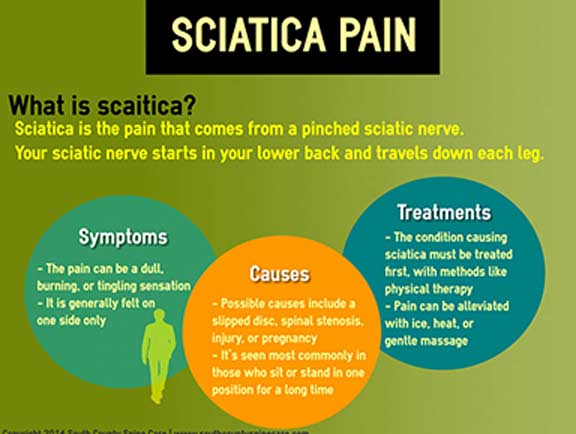Revealing The Scientific Research Behind Cold Laser Treatment: Analyzing Its Devices And Effects
Revealing The Scientific Research Behind Cold Laser Treatment: Analyzing Its Devices And Effects
Blog Article
Writer-Castro Bartlett
You may have become aware of cold laser therapy as a promising therapy choice for various conditions, yet have you ever before questioned how it in fact works with a mobile level? Understanding the devices behind this therapy can clarify its performance in advertising recovery and reducing swelling. By discovering the science behind cold laser treatment, you'll obtain understandings into the remarkable methods which light can influence cellular procedures and promote tissue repair work.
How Cold Laser Treatment Works
To recognize how cold laser therapy functions, you need to understand the essential concepts of just how light power interacts with biological tissues. Cold laser treatment, also referred to as low-level laser treatment (LLLT), utilizes particular wavelengths of light to penetrate the skin and target underlying cells. Unlike the extreme lasers used in surgical procedures, cold lasers emit low levels of light that do not produce heat or create damages to the cells.
When these mild light waves reach the cells, they're taken in by components called chromophores, such as cytochrome c oxidase in mitochondria. This absorption triggers a collection of biological responses, including boosted cellular power production and the launch of nitric oxide, which boosts blood circulation and minimizes swelling.
Additionally, the light power can additionally promote the production of adenosine triphosphate (ATP), the power currency of cells, helping in cellular fixing and regrowth procedures.
Fundamentally, cold laser therapy uses the power of light energy to advertise healing and minimize pain in a non-invasive and mild way.
Mechanisms of Activity
Exactly how does cold laser therapy really function to create its therapeutic impacts on organic tissues?
Cold laser therapy, additionally known as low-level laser therapy (LLLT), runs via a process referred to as photobiomodulation. When the cold laser is applied to the skin, the light power permeates the cells and is soaked up by chromophores within the cells.
These chromophores, such as cytochrome c oxidase in the mitochondria, are then stimulated by the light energy, causing a cascade of organic responses. One essential mechanism of action is the enhancement of mobile metabolic process.
The soaked up light power enhances ATP manufacturing in the mitochondria, which is vital for cellular feature and repair service. Furthermore, cold laser therapy assists to reduce swelling by hindering inflammatory conciliators and advertising the launch of anti-inflammatory cytokines.
https://www.insightslice.com/cold-laser-therapy-market anti-inflammatory impact contributes to pain alleviation and cells healing.
Restorative Results
Comprehending the therapeutic results of cold laser treatment entails recognizing just how the boosted mobile metabolic rate and anti-inflammatory homes contribute to its favorable end results on organic cells.
When the cold laser is put on the affected area, it stimulates the mitochondria within the cells, resulting in enhanced manufacturing of adenosine triphosphate (ATP), which is essential for cellular feature and repair. This boost in mobile power accelerates the healing process by promoting cells regrowth and lowering inflammation.
Moreover, the anti-inflammatory residential or commercial properties of cold laser treatment aid to decrease pain and swelling in the targeted area. By hindering https://clinic-chiropractic40617.answerblogs.com/29222992/checking-out-cold-laser-treatment-effectiveness-applications-and-benefits and advertising the release of anti-inflammatory cytokines, cold laser treatment aids in relieving pain and enhancing the overall healing action.
This decrease in inflammation not only gives instant alleviation however also supports long-lasting tissue repair.
Final thought
Finally, cold laser therapy works by promoting cellular fixing and cells regeneration via photobiomodulation. Its anti-inflammatory homes offer pain relief and decrease swelling by inhibiting inflammatory mediators.
This treatment supplies a detailed approach to healing, supplying both immediate relief and long-term cells repair work advantages.
Via its systems of activity, cold laser therapy confirms to be an efficient and promising therapy alternative for a variety of problems.
